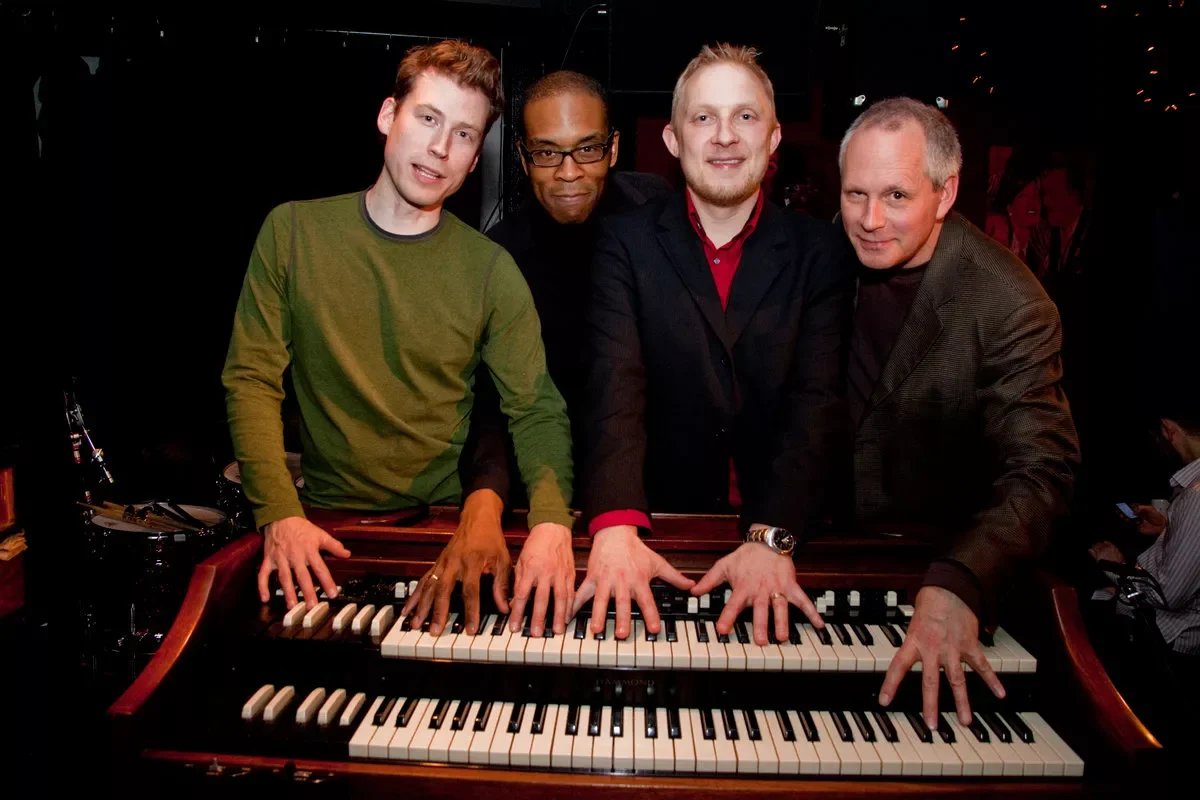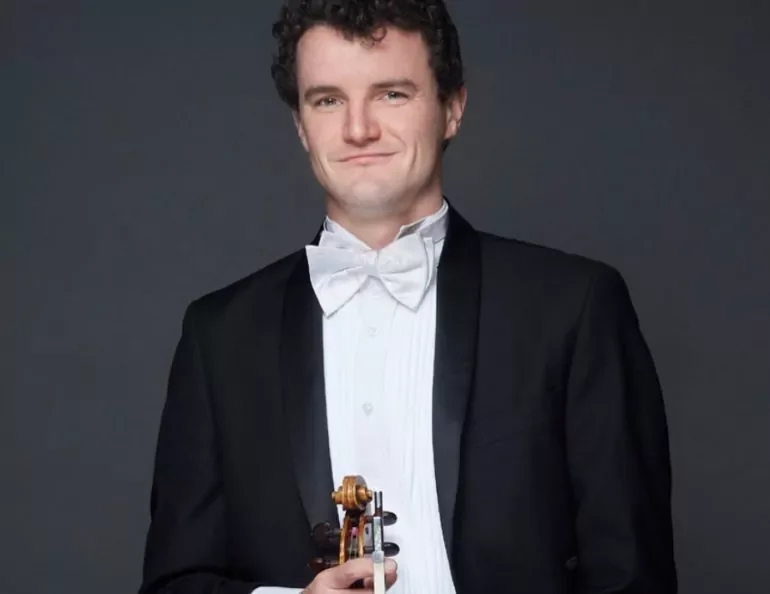Vancouver pianist Corey Hamm reflects on a Ligeti-filled holiday
Musician performs entire, complex Concerto for Piano and Orchestra as part of a Turning Point Ensemble concert with conductor Fabián Panisello.
Corey Hamm has been “breathing” Gyorgi Ligeti’s music since his teenage years.
Chamber Concerto with Fabián Panisello is at the Annex on January 12 and 13
COREY HAMM DID not enjoy a particularly festive December, but he’s not complaining.
“I don’t need to say what I’ve been doing,” the piano virtuoso tells Stir with a laugh. “Just practising Ligeti! As I wrote on Facebook, it’s been a Ligeti Christmas for me.”
There’s no denying that Gyorgi Ligeti’s music is not for the faint of heart. Even for performers who, like Hamm, have been “breathing” it since their teenage years, it requires complete and utter focus: not only is it extraordinarily complex and often dauntingly fast paced, it draws on several artistic and scientific disciplines simultaneously.
Born into a Hungarian Jewish family in Romanian Transylvania in 1923, Ligeti somehow escaped the death camps that killed most of his immediate family and went on to study composition and ethnomusicology at the Franz Liszt Academy of Music in Budapest, where his teachers included the composer and pedagogue Zoltán Kodály. Following in the footsteps of Kodály and Béla Bartók, he undertook ethnomusicological research in Transylvania, before ducking under the Iron Curtain to create electronic music at the influential Cologne Electronic Music Studio. A return to acoustic composition coincided with his developing an interest in the complex interlocking rhythms of West African drumming; the labyrinthine fictions of Lewis Carroll, Jorge Luis Borges, and Franz Kafka; and the then-new science of fractal geometry. All of these, combined with a blithe disregard for the capacities of the ordinary musician, combine in his scores, which many consider the pinnacle of 20th-century musical modernism.
Hamm is one of them, and has been ever since discovering Ligeti’s orchestral and choral music as a teenager.
“I loved Atmosphères, and I thought the Requiem was incredible,” he reports. “Those were the earliest Ligeti music I knew and loved, and then later, when I was a Bachelor of Music student, the Piano Etudes came out, and as soon as I heard the first recording of those I was blown away, and ordered the scores.”
He recalls puzzling over Ligeti’s messy, handwritten notation, but took the Etudes seriously enough that they were the topic of his doctoral dissertation. Simultaneously, he was familiarizing himself with Ligeti’s Concerto for Piano and Orchestra, memorizing two of its five movements to play at piano competitions. But it’s only now, decades later, that he’s getting to play the entire concerto, as part of a Turning Point Ensemble concert with composer and guest conductor Fabián Panisello.
“It’s a bucket-list piece for me,” Hamm allows. “I’ve always dreamed of playing the whole thing, but it’s hard for the pianist, and also hard for the orchestra, and very complex to put together. It’s typical Ligeti: multi-layered and multi-tempoed music. So I was really thrilled when [TPE artistic director] Owen Underhill asked me to do it, and I cleared the deck of my other engagements. I just knew that I would need time.”
Hamm’s familiarity with the Piano Etudes, which immediately preceded the Concerto for Piano and Orchestra, will stand him in good stead.
“They were all forming at the same time,” the pianist notes, “and the Etudes were such a change for him. With Atmosphères, everything is just a big fog—a gradually shifting, colourful fog, but not rhythmic, not with drumming rhythms or anything like that. And then to go from this fog to very precise rhythms and the layering of different rhythms and different tempos… Of course, that was part of what he wanted to do, to take this idea of having multiple tempos like Ghanaian drumming has, and making it possible for one pianist to do these multiple tempos at the same time. But in the Piano Concerto that’s in combination with even more tempos and even more lines and layers in the orchestra.
“What’s really scary about it, though,” he adds, “is that when you play a Ligeti piano étude, which can be of incredible complexity and difficulty, you’re by yourself. So if you add a 16th note or you’re slightly late in this entrance or something like that, you’ll be like ‘Oh, too bad,’ but it’s no biggie. You can just keep on going and probably nobody will notice. But with the Piano Concerto, many of the lines that you’re bringing out with different tempos in your piano part are doubled by somebody in the orchestra. The flute’s playing along with this one, and the clarinet’s playing along with that one, and then there’s also a completely conflicting part going on in, let’s say, the strings. It’s like an Alice in Wonderland of layers and rhythms and a million notes per second.”
In other words, the pressure’s on. But with Panisello at the helm, Hamm at the keys, and an all-star cast of Vancouver musicians, there’s little chance of Turning Point stumbling. If you’re in the audience, you’ll still need to be sharp, but the Piano Concerto will reward the ears with jazzy excitement in the opening movement, a beautiful lament in the middle, and the undeniable thrill of hearing a truly revolutionary composer operating at the peak of his powers. Works by Philip Cashian, Linda Catlin Smith, and Panisello himself round out the program with other discoveries, making this an event not to be missed.













